
FMINT24 is a performance intercooler for the 2021 onwards MQB platform 2.0 DNF code EA888 EVO4 engines. Produced, designed, and tested, at our headquarters in Gloucester UK. Throughout the development process we have strived to improve the efficiency and performance of the EA888 GEN4 engine. Our project brief was to develop an intercooler that utilised all of the available space in the original position of the OEM intercooler, and to ensure the inlet air temperature is reduced, without any negative effects on the boost pressure or engine and transmission cooling.
In the MQB chassis the intercooler housing is particularly restricted and confined to a small amount of space, due to it not only housing the intercooler, but also the radiator and air conditioning condenser. The front panel in theory is a sandwich pack that houses the auxiliary cooling components. This means in order to increase the size of the intercooler without paying detriment to the performance of the surrounding items, and with also having very little extra space available, that it can be very difficult to execute the perfect blend of a high flow intercooler within such a close proximity.
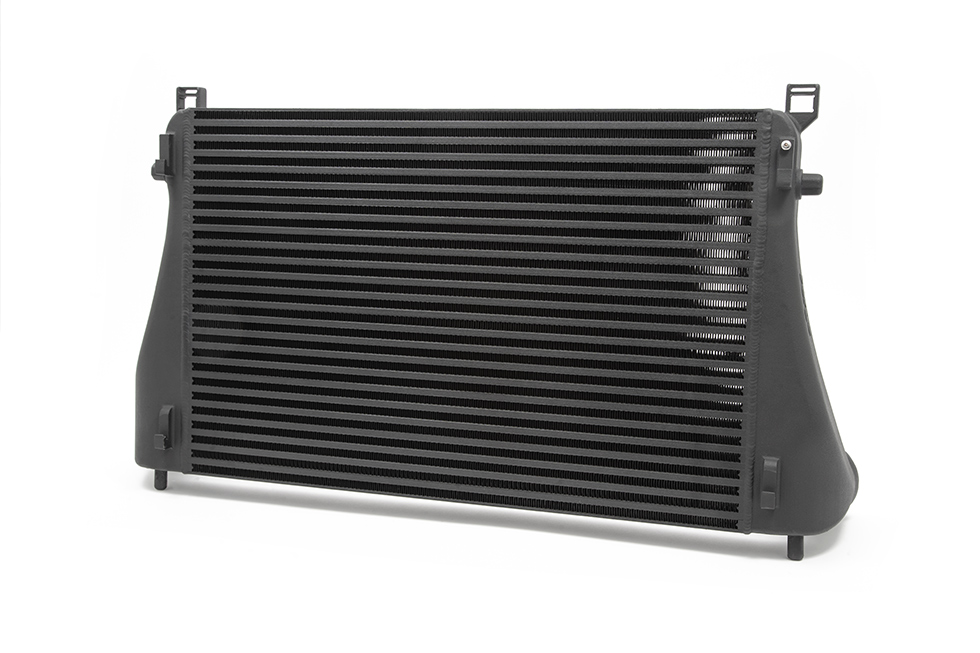
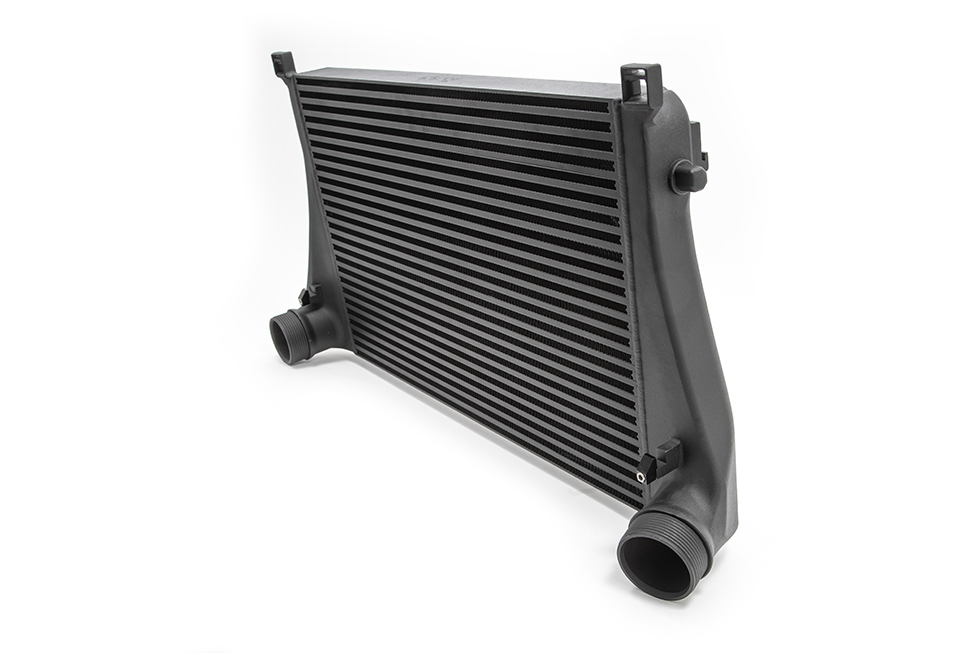
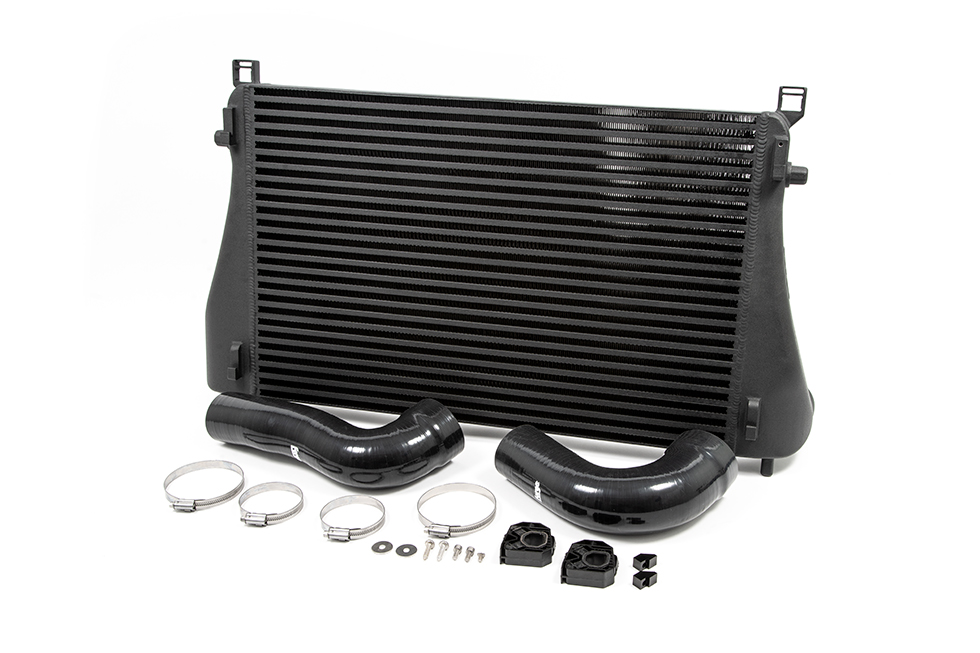
Our research and development engineers started with a brief to fit our existing intercooler (FMMK7FMIC) that was for the MK7 platform, to our development VW MK8 Golf R. Upon installation, we then tried to establish if we could re-engineer the intercooler with an increased inlet and outlet size along with increasing the volumetric capacity to increase flow along with future proofing the design to work well with highly tuned stage 3 plus EA888 Gen 4 engines.
Using a combination of scanning software and traditional measuring methods, the design was created. This was then fine-tuned by our flow dynamics simulations programs (CFD), and the end tanks were initially created by 3D printers. This enabled us to ensure the fit was perfect on the vehicle before any prototype castings or machined billet end tanks were produced ready for dyno testing.
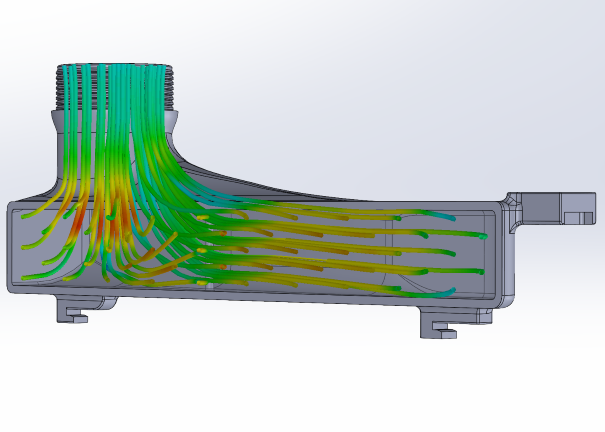
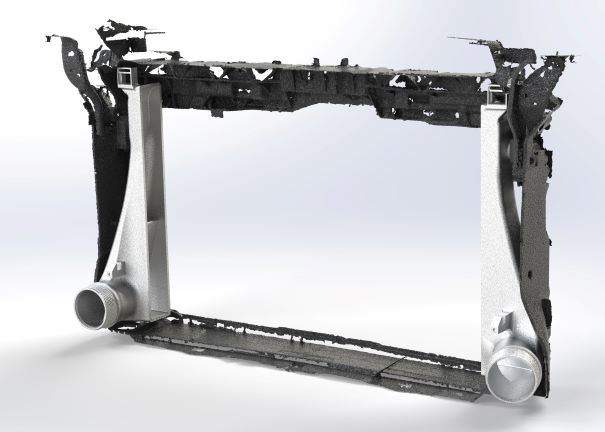
Several baffle configurations were designed, and flow simulated to ensure the maximum performance was obtained to keep the core working at its optimum, along with ensuring all its cooling capabilities had been upheld, and that the total volume of the core internal is utilised for optimum performance.
With an increase in inlet and outlet sizes, we then turned our attention to the design of our silicone
